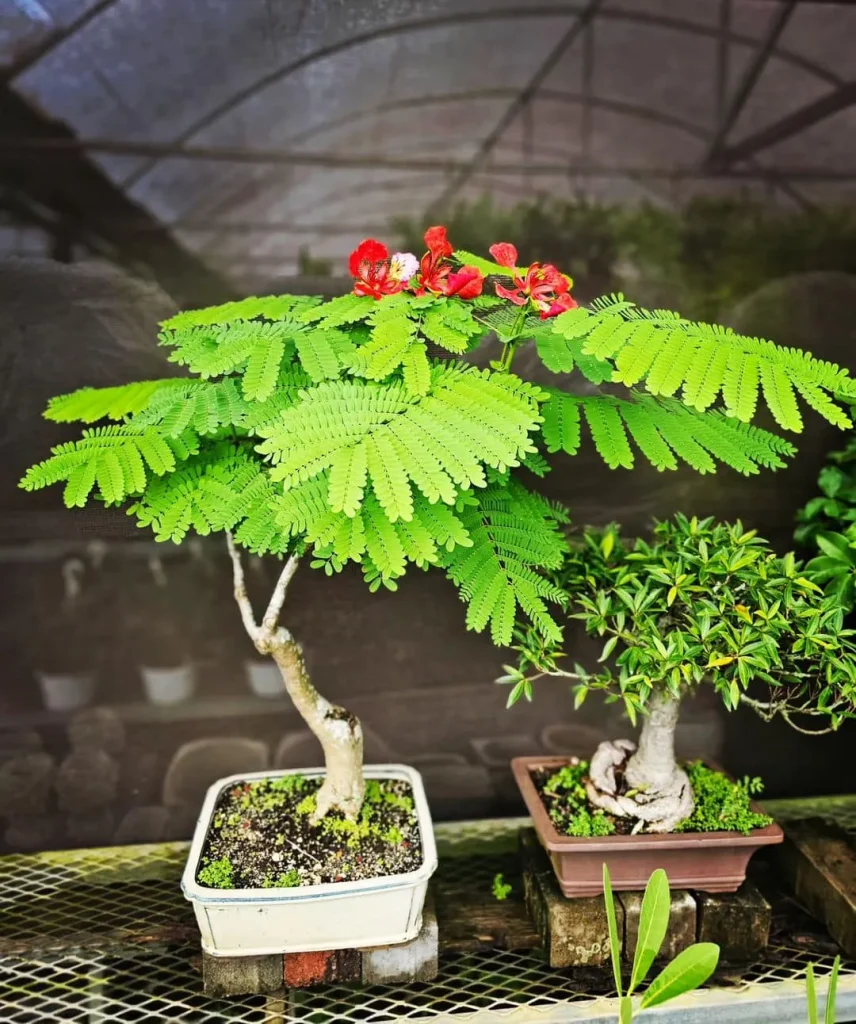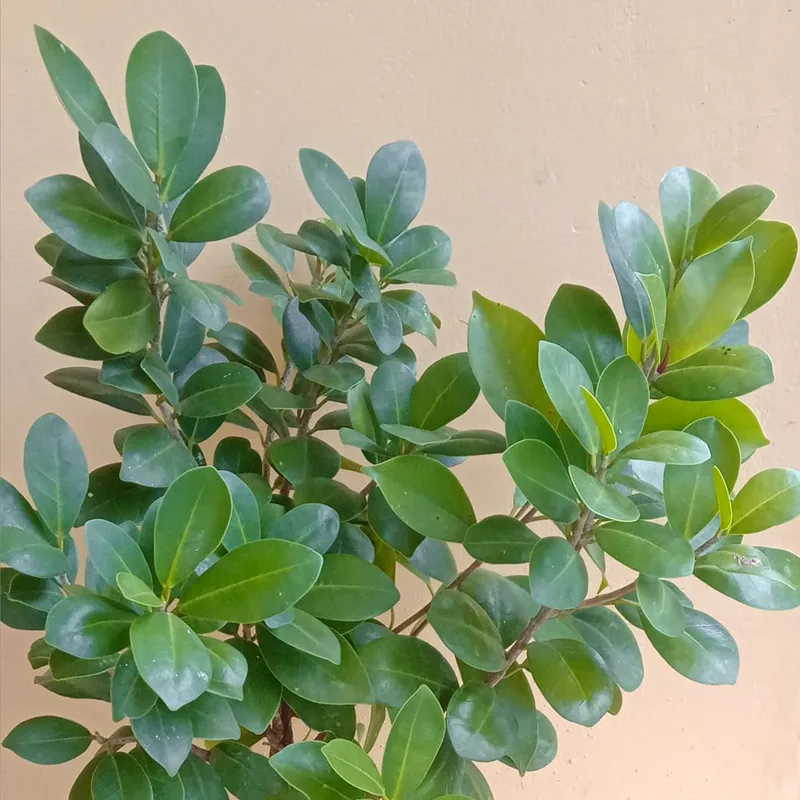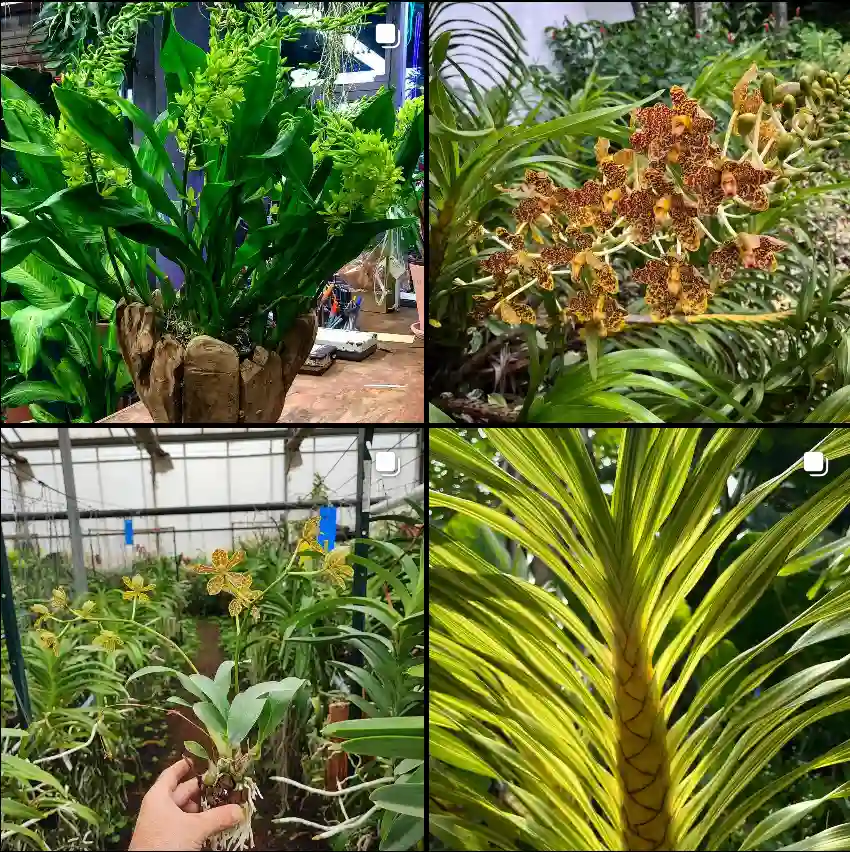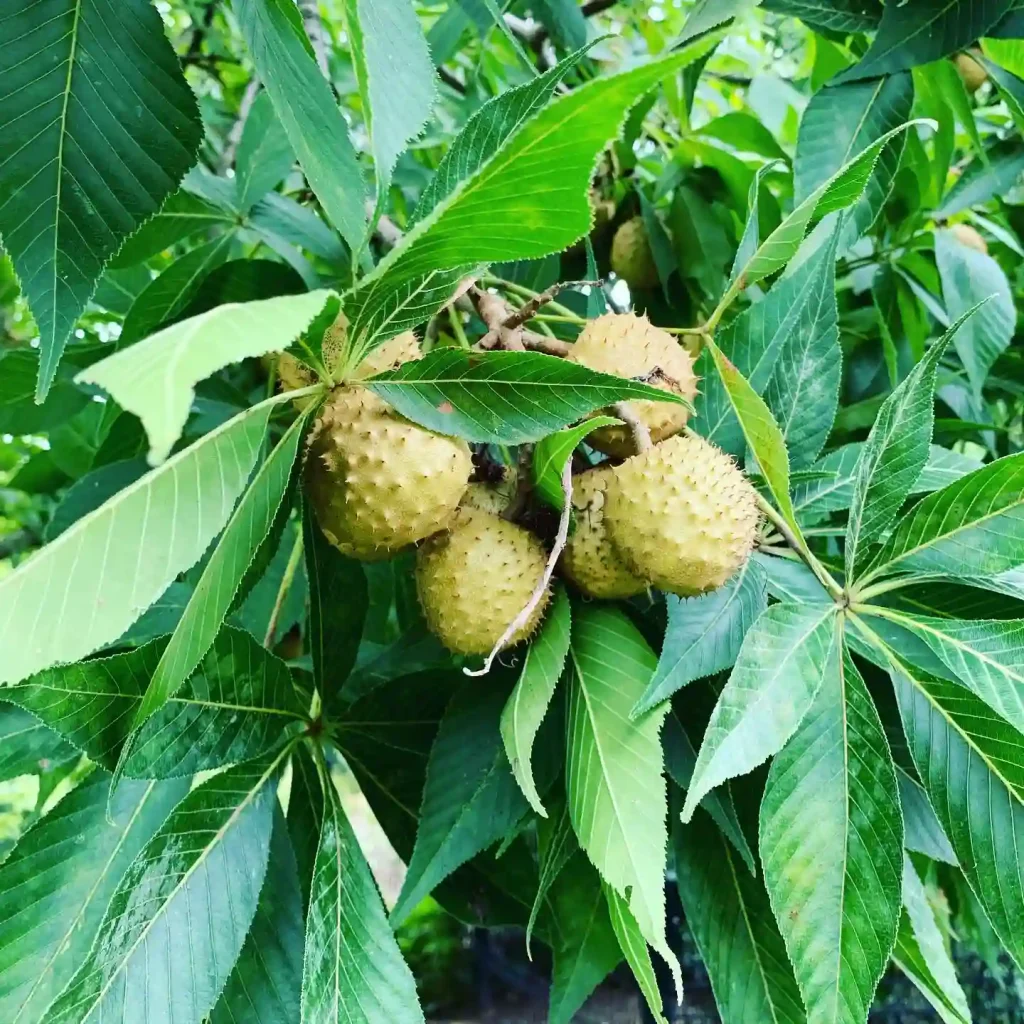Exploring the Fascinating Lentibulariaceae Family
As a plant enthusiast, I find myself drawn to the many wonders of the plant kingdom, and one family that never ceases to amaze me is Lentibulariaceae. This family, often referred to as the bladderwort family, consists of intriguing carnivorous plants that have captivated the hearts of many, including mine. With their unique adaptations and striking appearances, these plants offer a glimpse into the complex interactions between flora and fauna.
Understanding Lentibulariaceae
Lentibulariaceae is a diverse family comprising primarily aquatic or semi-aquatic plants. The family consists of three main genera: Utricularia, Pinguicula, and Genlisea. Each genus exhibits distinct characteristics and adaptations that contribute to their survival in nutrient-poor environments.
287 Species in Genus Utricularia
Utricularia, or bladderworts, are perhaps the most well-known members of this family. They are unique in that they possess small, bladder-like traps that capture tiny organisms like aquatic insects. I remember the first time I observed a Utricularia in its natural habitat, with its delicate yellow flowers floating above the water’s surface. The traps, submerged and nearly invisible, are a testament to nature’s ingenuity. These plants thrive in bogs and marshes, where nutrient availability is limited. Their ability to trap and digest small prey allows them to supplement their nutrient intake, a remarkable adaptation for survival.
128 Species in Genus Pinguicula
Pinguicula, commonly known as butterworts, are another fascinating genus. These plants have leaves that produce a sticky substance, allowing them to capture small insects that land on them. I have fond memories of examining a Pinguicula’s leaf up close, marveling at how the dew-like secretion glistened in the sunlight. The flowers of butterworts are often colorful, adding to their aesthetic appeal. They typically grow in similar habitats as Utricularia but can also be found in rocky crevices, showcasing their versatility.
Genlisea, also known as corkscrew plants, rounds out the Lentibulariaceae family. This genus is particularly intriguing because of its unique morphology. The leaves of Genlisea spiral into corkscrew shapes, which help trap prey. I was fascinated when I first learned that these plants also possess underground tubers, which allow them to survive periods of drought. This dual adaptation to both aquatic and terrestrial environments is a testament to their resilience.
The Importance of Lentibulariaceae
The ecological significance of the Lentibulariaceae family cannot be overstated. These plants play a vital role in their ecosystems by helping control insect populations and contributing to nutrient cycling. By trapping and digesting insects, they help maintain a balance within their habitats. In turn, this interaction showcases the intricate relationships that exist in nature, where even the smallest organisms play a crucial role.
Moreover, the unique adaptations of these plants have sparked interest in scientific research. Understanding how they capture prey and process nutrients can provide insights into evolutionary biology and ecology. I often find myself contemplating how such adaptations evolved over time, highlighting the importance of biodiversity in our world.
Cultivating Lentibulariaceae
For those interested in growing these unique plants, cultivation can be both rewarding and challenging. Utricularia and Pinguicula can often be found in specialty plant shops, while Genlisea might require a bit more effort to source. I’ve had my share of successes and failures while trying to grow these plants at home.
When growing Utricularia, I learned that they thrive in nutrient-poor media, such as sphagnum moss or sand. It’s essential to keep the growing conditions humid and the media consistently moist. I remember the joy of witnessing my first Utricularia flower bloom, a small victory that made all the effort worthwhile.
Pinguicula, on the other hand, requires a bit more attention to light conditions. I found that providing bright, indirect light leads to healthier plants. The key is to mimic their natural habitats as closely as possible, which can sometimes be a trial-and-error process.
Conclusion
The Lentibulariaceae family continues to inspire me with its fascinating diversity and ecological importance. From the ingenious traps of Utricularia to the sticky leaves of Pinguicula and the spiraling forms of Genlisea, each member showcases the wonders of evolution. As I delve deeper into the world of these carnivorous plants, I’m reminded of the delicate balance of nature and the myriad ways in which life adapts and thrives.
In exploring Lentibulariaceae, I find not only a passion for plant care but also a deeper appreciation for the complexity of ecosystems. These plants are more than just beautiful specimens; they are vital players in their environments, reminding us of the interconnectedness of all living things. Whether you’re a seasoned botanist or just beginning your journey into plant care, I encourage you to explore the captivating world of Lentibulariaceae. You might just discover a new favorite among these remarkable carnivorous plants.
If i die, water my plants!



